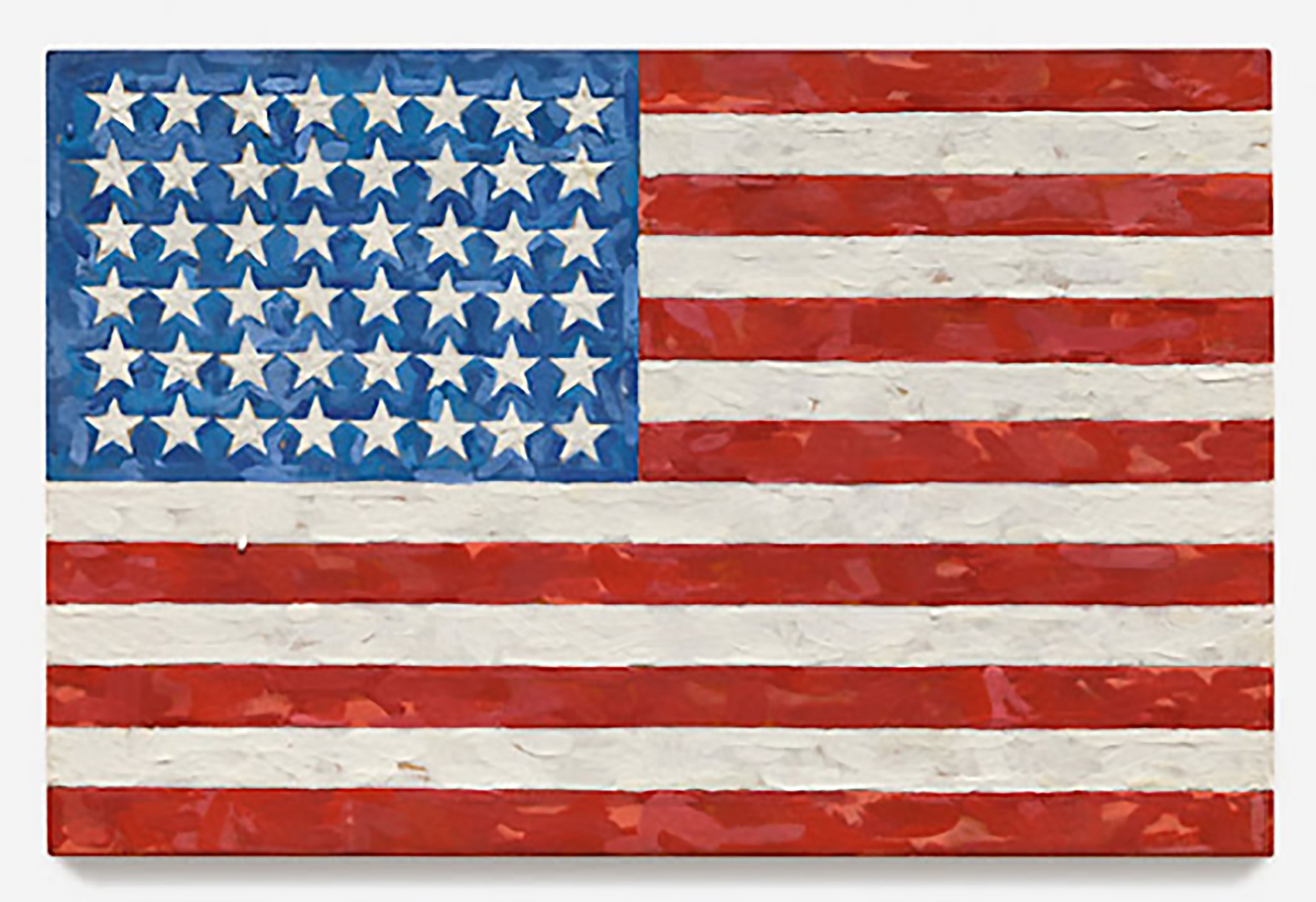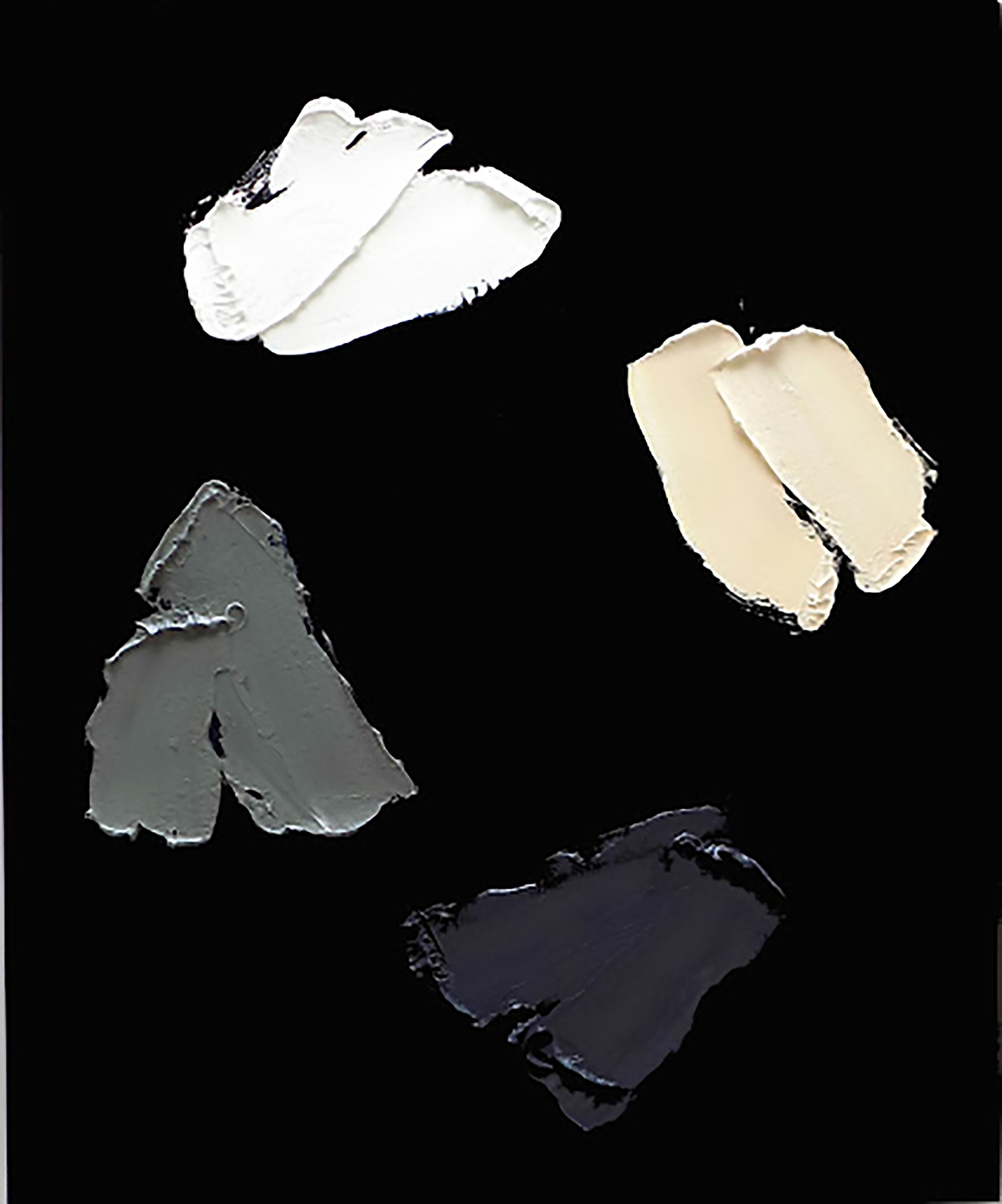The Future of Painting
04/24/2016 | Jim Schutte
As a culture, we are aggressive in our need for, and use of, visual language and its ways and means. But painting hasn’t been at the forefront of our culture for several decades. It seems we are lost, and distracted by simple movements and energies, unable to give painting the weight it requires to become significant, and we will be skipped over in any future art history.
Let’s stop for a minute. Let’s look up at the world around us, that physical world that we are so insulated from. The one we speed past. That physical world carries with it time. Painting also is slow, inhabiting that same physical world. By losing painting, our culture has lost the weight of time. That makes our culture trivial. We need to find a way back to painting, to again tap its energies, to experience the whole of our creativity and give it weight. Let’s go back to the beginning and see what we find. We’ll look at the cave paintings at Lascaux with a fresh eye for something basic, something to give our efforts more weight. Let’s look at that stone and paint.
The images on the cave walls are over 17,000 years old and most obvious are the depictions of the animals. The caves are a shrine to both the hunter and the hunted and the magnificence of replenishment and survival. These masterpieces of painted imagery carry the weight of time, as they are still fresh today.
This type of paint handling, using paint with skill to produce an evocative image, dominates the caves, and art history as well. For many centuries, skill based paint handling adapted and evolved to fill our need for images, sometimes creating masterworks that hold their beauty through centuries. But we developed technologically and culturally. Our weapons made hunting a sport. Our food is processed in bulk. And images are so easy to produce that they have become weightless. Instead of beasts on cave walls, we now light up smartphones with Emoji.
This is efficient and immediate and it largely suits our contemporary needs, but lacks the weight of time.
But Lascaux has time, and if we look closely at the cave walls, there is another type of paint handling there, and it doesn’t involve skill. It’s found in the stenciled hands. And they’re waving at us. They’re saying: “Hey, over here! Look at us!”.
Seems all you need is a mouthful of soupy paint and a hand. No skill or talent. The hands lack most all the complexity of the animals, yet the results are equally dramatic, as they are hauntingly powerful. And, as images, they are simple, honest and robust. How could that be?
The stenciling creates the echo of human endeavor. And what holds that echo and gives it weight is physicality and contrast. Our eye sees stone and honest paint, real physical things. And the paint is either there, or it’s not. This is the focusing force for the image. It’s a simple thing: the stone is real stone and the paint is just sitting there, in contrast, as real physical paint, paint without motive. Everything is honest. There is no illusion. Everything is real. This gives it the weight of time.
Let’s say that again: Everything is real. There is no illusion. This gives it the weight of time.
It’s the honesty of both the stone and the simple physical paint. Paint with no motive. Paint not harnessed to the burden of illusion. Fancy that!
Think of how painterly children’s art can be. It’s about half representation and half physical paint. The lines are drawing elements meant to define and contain the paint. This is the language of representation. The paint is the billowy, unruly stuff just waiting to spill over the lines if they weren’t there. Physically, paint is a goopy mess.
Consider refining the image, to make it a more accurate representation. The paint would need to be beaten down and tamed. It would need to be put inside a cage of lines and shapes that form the outlines of buildings. It would take on motive and help create a better illusion. But it would also drain life away from the paint.
Now, let’s go the other way, let’s take away the subject matter and see what happens. Take away anything that says “buildings”. And even take away all sense of skill or talent. No drawing. No geometry. No sense of anything you’ve seen before. Let the paint be free. Take away all motive. Seems it would be a big mess. Just big blobs of paint. Take away the structure and how to focus it? How to turn it into something coherent? Something like pure painterly abstraction? Well, 17,000 years ago they used physicality and contrast. Let’s try that….
Artists have tended towards this for over a century and a half. You can easily see some of it in the brush work of Vincent Van Gogh where his paint became more physical and each stroke is objectified.
Painters also started easing off depiction, stating that, instead of an accurate image, they were painting “impressions”. Tendencies that were met with resistance because they were judged to be simple and crude, lacking the refinement needed for the accomplishment of proper representation. But these artists gave painting more physicality and weight, producing bodies of work profoundly beautiful in their own right. A beauty unattainable otherwise.
Modernism can be described as the journey into abstraction. And it was done through greater physicality and easing out of representation. Things got simpler and more physical. Cubism flattened the picture plane, bringing paint right up to the surface. Malevich dumped subject matter altoghter. Assemblage was formalized. Seems there is a trend here. Where was art going and what would it look like as it became less representational?
Abatract Expressionism brings us full circle. DeKooning flew very high and Pollock got to the edge of space. And, with the contrast between the work of these two men, we find ourselves back in the Lascaux caves. Back to the contrast between painted form and form created from physical process.
They both created works of sublime beauty, and between the two, they mark the end of representation. And Pollock, in an absolute sense, marks the reappearance of pure process. Just like the Lascaux hands, his marks are without illusion.
After DeKooning and Pollock, other artists successfully mined the cultural remnants of representation: Iconography, Celebrity and Assemblage, all as nouns, using stepped up physicality and stepped down sense of depiction.
But then, after the even thinner air of Minimalism, there was nothing left and out came the socially dominant non-art of conceptualism. Its arbitrary messages are the epitome of weightlessness, accentuating emoji over emotion. This echos our current culture perfectly.
So let’s get real. We can use the lessons of that stone and simple paint from 17,000 years ago to guide us back out into the real physical world again. Creativity without the motive of illusion. Creativity in a direct, real world way.
Instead of grasping for the far reaches of representational cleverness, lets deal with simple, directly physical aspects of things right in front of our face. Here’s an example of pure, physical paint arranged in a picture:
Oil on enamel, 39 1/2” x 48”
When given enough physical presence and strong contrast, the paint comes alive and takes possession of the picture, and you cannot unsee it, you cannot go back. Standing in front of these pictures, that physical paint is singing with contrast and stands bold and powerful in its own right. It is beyond “graphic”, it’s “contrastic”. It is physical and real and in your face. You could dance with it. It is simple, direct and real, and it doesn’t let you escape into illusion. It’s like nothing you’ve ever seen before.
It gets away with all of this because it is paint. And like a squeaky violin, it’s beautiful and elegant and stands, not only for itself, but for our own creativity. It is physical and real and imparts the weight of time into our visual language.
Painting has been lost in our weightless culture. But it seems painterly abstraction is only difficult from a representational point of view. From the purely physical it’s straightforward and direct. Let’s get simple. The fight will always be the same fight: The present is built on the past. But the future is imagined, and the artist’s job is to be coherent about it.
And remember, contrast is the essence of coherence. It’s a clarifying force, and with it, you are strengthening that physical paint. Probably a good definition of beauty in abstraction is: simple coherence. Let’s make beautiful things and maybe, when people do happen to glance up, they might take notice.
By its nature, paint is everyone’s fool, and, as it offers change, it faces resistance. But how did we lose the idea of making beautiful things?
Ours is a culture of weightless distraction. But cultures are collective, and art is not. Individuals drive change. After all, art isn’t what you know, it’s what you don’t know. This is the precise problem with conceptualism, as it’s derived from cultural complexity. At its highest, Art is simple. We can drive painting again. To do so will give our culture historical weight.
These are simple ideas. They are very clear and direct. And the pictures are strong and bold. Let’s get physical and build painting back into importance. Let’s make beautiful things.
Oil on enamel. 24” x 31”











